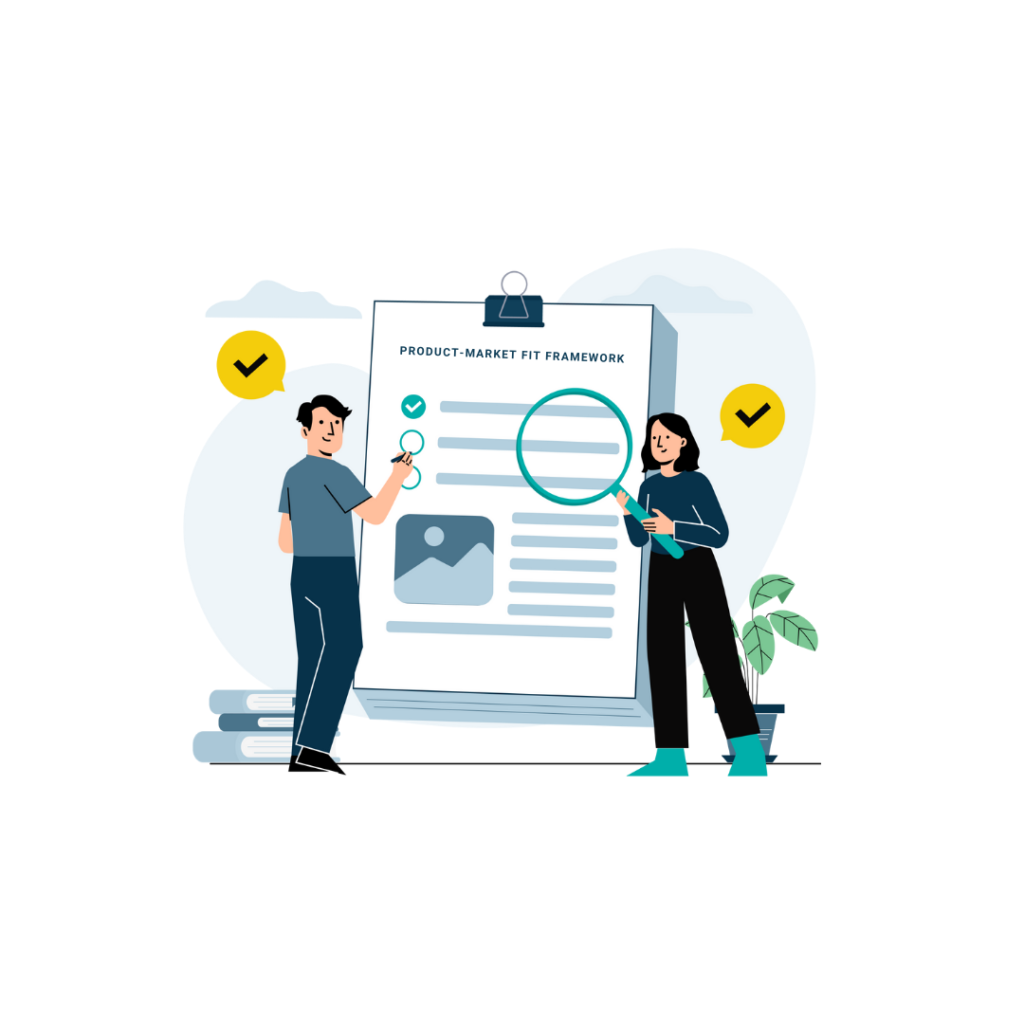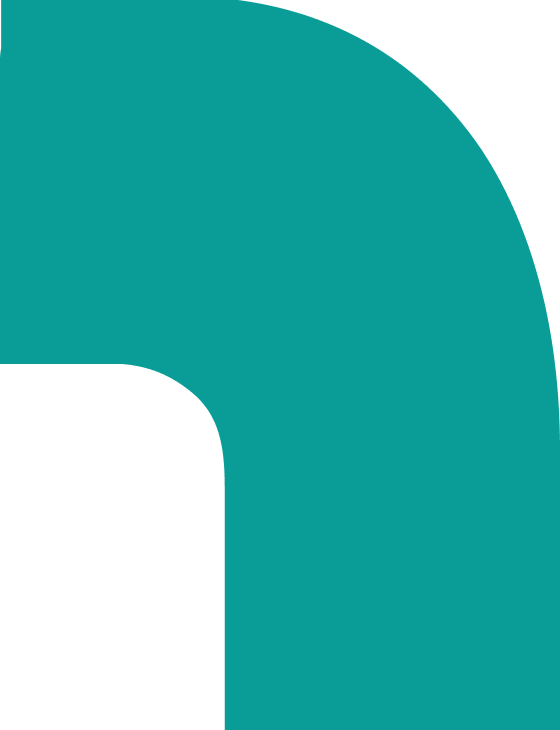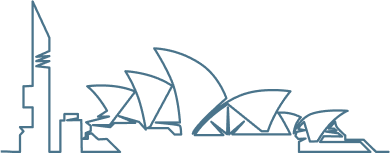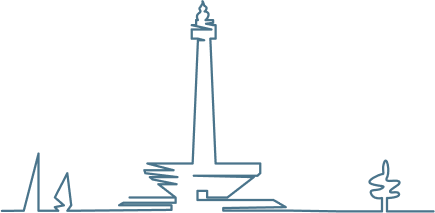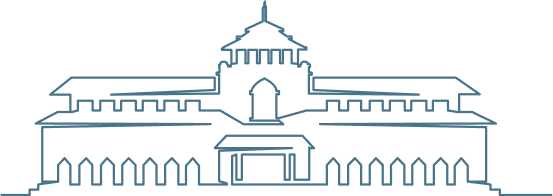What stage are you at with your MVP? Because the earlier you start thinking more like a mad scientist and less like a FAANG product manager the better your MVP’s chances of success are.
At the napkin sketch stage? Excellent. Wireframing? That’s great. Clickable prototype? Still got time. Coding? You might want to hit pause while you finish this article.
V is for viability
Viable in Minimal Viable Product does not mean that your product works. You’re not going to launch a product that doesn’t work. Viable means it fulfils the business goals you set for it. It is helping to answer the questions about your customers and your market that you created it to test.
The next iteration is also going to be an MVP. So is every iteration that follows as you close in on market fit and profitability.
How fast can you iterate? And how many iterations can you afford? Enough to find that market fit?
You don’t know. No-one ever does. The best you can do is iterate as fast as you can and minimise the cost of each iteration.
Which brings us back to Frankenstein.
Focus on creating, not re-creating
Frankenstein was focused on creating life, not hands or feet.
You’re creating a product. A new product, never before seen. You don’t want to throw away time and effort re-creating the basic building blocks products are expected to have.
You want to spend all the resources you can on your unique IP, the features that give life to your product. Everything else is product hygiene.

IP vs product hygiene
You want to minimise your spend on product hygiene. Product hygiene means your product meets user expectations. It has the features they expect. Those features work as they expect. If they need to register, they can register via an email, Google, Facebook, etc. When they go to make a payment, their preferred option is available and it happens quickly and smoothly.
It is a form of visual and functional competency. Professionalism. You can also think of it as table stakes for being competitive in the market.
A big part of product hygiene is convention. Apps have been around long enough that everyone knows how they work and how they should work.
When you prototype your MVP you want to split out what parts of it are product hygiene and what parts are secret sauce.
The secret sauce is where you want to spend your effort and your money. This is your differentiating IP.
Product hygiene – you want these parts implemented as quickly and cheaply as possible.
Build or buy?
This is where the Frankenstein approach comes in. You won’t be using body parts. You will construct your competition-stomping monster out of SAAS integrations, open source components, and third party libraries.
Payments is the number one example of adding product hygiene using an SAAS. You could throw money and months at building your own payment system or simply integrate a service like Stripe.
At SoftwareSeni we draw the line between buy and build every day. And every day more features fall on the buy side.
The buy side includes free and open source software (FOSS). It has ‘free’ in its name, but integrating FOSS and maintaining it still costs money.
Some of the common services we integrate so you don’t overspend on features that provide product hygiene but don’t contribute to your competitive advantage are:
- Membership/User registration
- Search/Elastic Search
- Email sending (using Mandrill, Sendgrid and others)
- Ecommerce/Payments (using Stripe, Paypal, eWay and others)
- CMS/Blogs (using WordPress)
Your moat, the features that make you stand out in the market and give you an edge, will need to be built by you and your team.
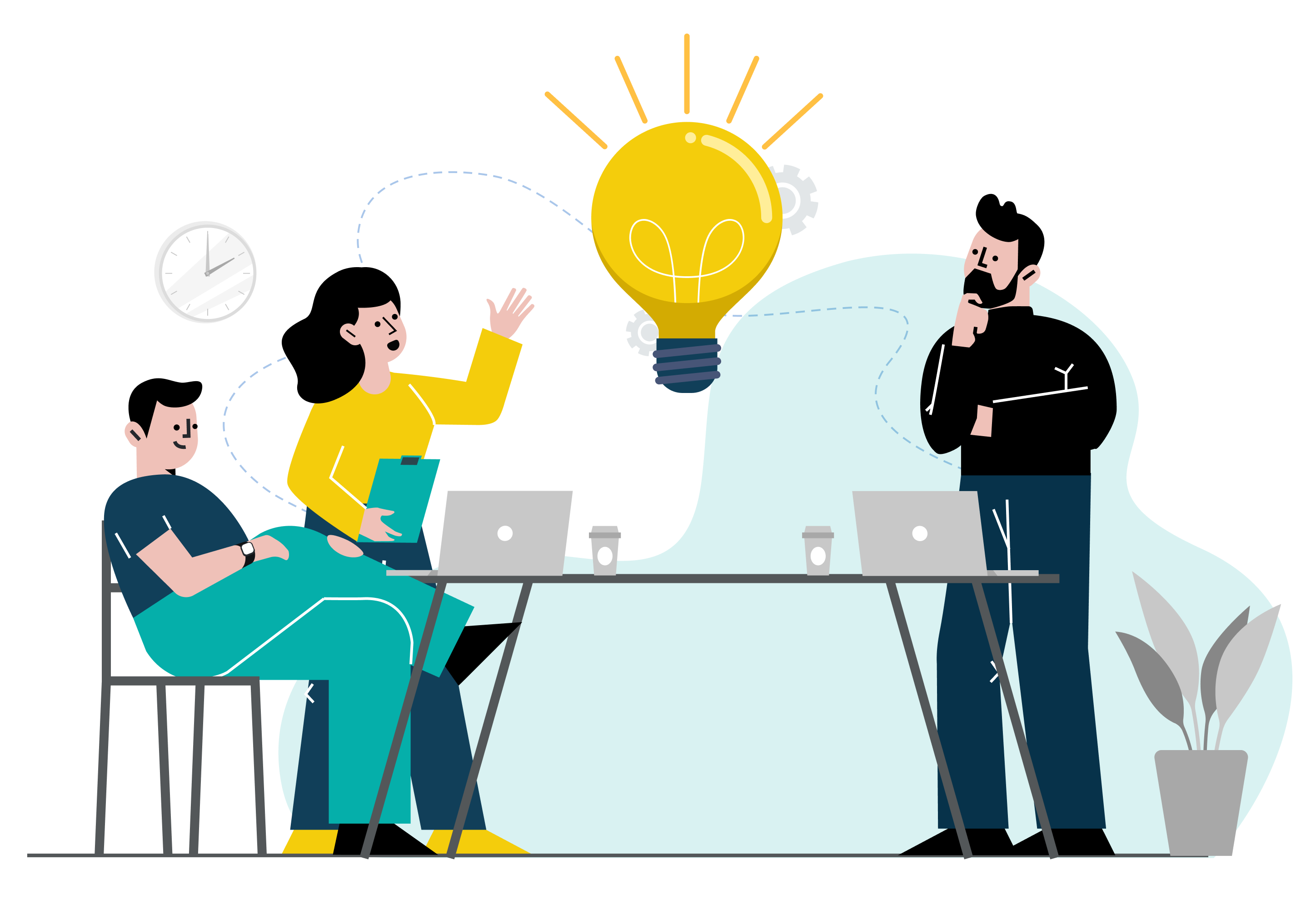
Building your moat
In the marketplace moats are built out of code. It can’t be avoided. Just ask Uber. Eleven years after launch, they still haven’t turned a profit, there are numerous competitors, and every local taxi company has a ride hailing app.
That’s a simplistic take, but it has a nugget of truth. If your entire feature set can be built from integrations and libraries you want to revisit your strategy and your idea.
Your moat will be built upon a framework. It might be WordPress, React, Ruby or Laravel. Your choice will depend on your own experience and your inhouse developers’ experience (if you have any). At SoftwareSeni we work across all the major application frameworks.
Your moat will be your entire UX and the business rules behind it. This is where you want to direct as many resources as you can.
Integrating SAAS and FOSS doesn’t come free, but they represent hundreds of thousands of lines of code you don’t have to pay for or wait to be written. They also represent code you don’t have to maintain. In general, you can estimate that the ongoing maintenance and support of any code written for you will cost about 20% of the development cost per year. It’s just like maintaining machinery in a factory. Pieces start to rust and eventually stop working.
Bolting together your first MVP, and the next
Hopefully this article has opened your eyes to a different approach to building your MVP. Thinking like Frankenstein, building with off-the-shelf parts whenever you can, will accelerate your path towards your MVP. It will shorten your iteration times and increase the number of iterations you can squeeze out of your budget.
Doing it well requires a wide knowledge of the libraries and services available and how they fit together. This is part of SoftwareSeni’s expertise. Collaborating with you to break down your product idea into the optimum combination of buy and build is a key part of our lean strategy.
If you’re at the sketch stage or ready to code, take a moment to talk to us. We’ll help you get more V into your MVP.




